
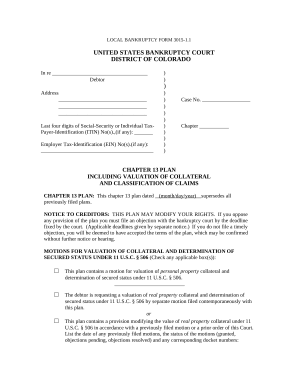
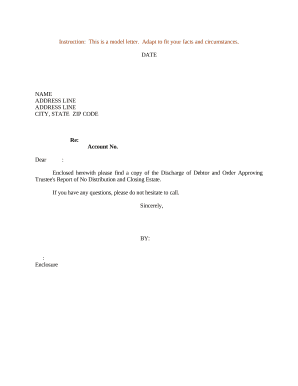
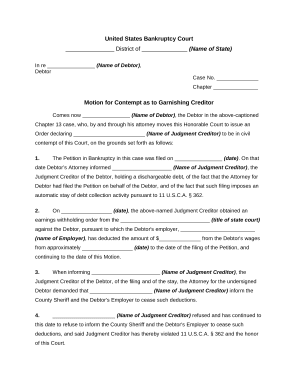

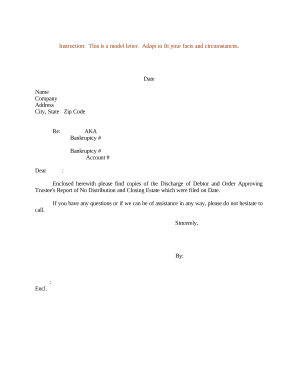

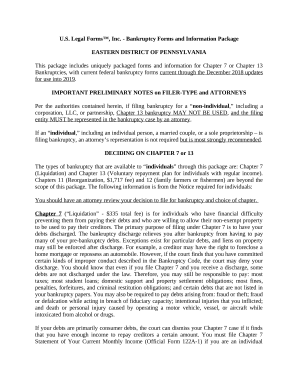
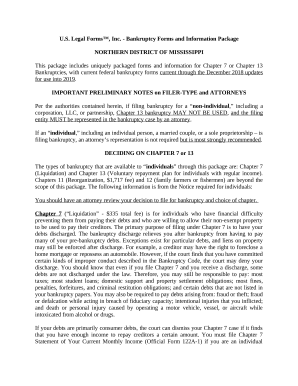
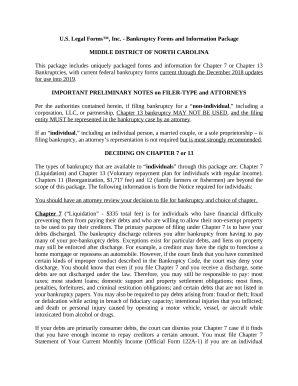
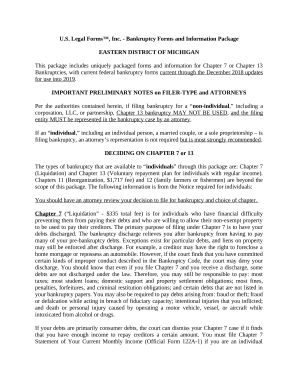

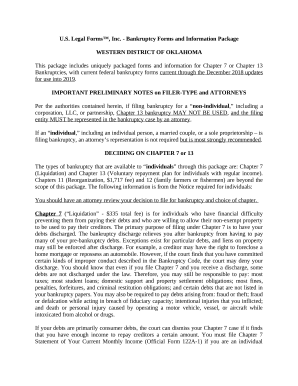
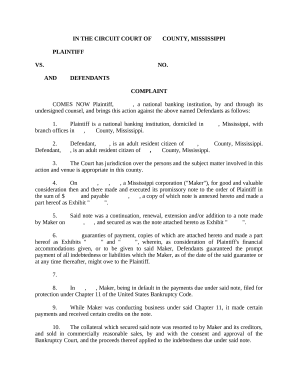

Document management can overwhelm you when you can’t locate all the documents you require. Luckily, with DocHub's considerable form collection, you can get everything you need and promptly take care of it without the need of changing between applications. Get our US Bankruptcy Forms and begin utilizing them.
The best way to manage our US Bankruptcy Forms using these basic steps:
Try out DocHub and browse our US Bankruptcy Forms category easily. Get your free profile right now!